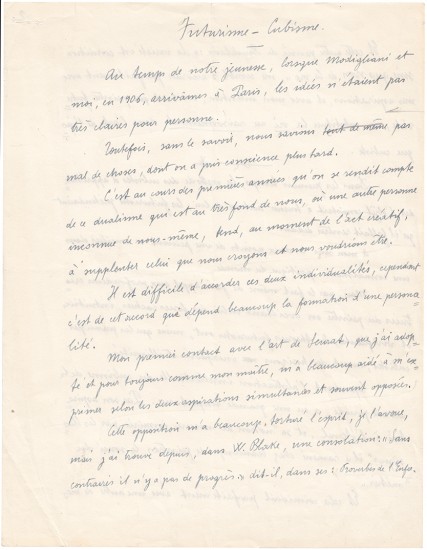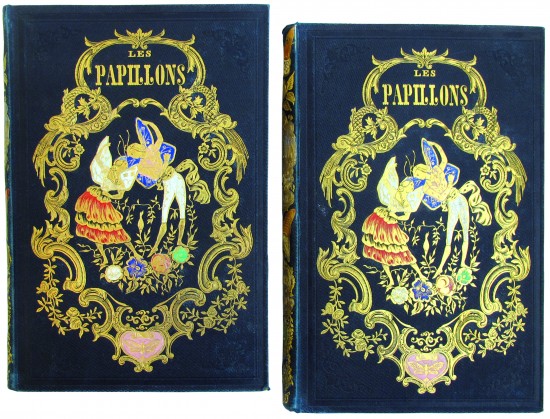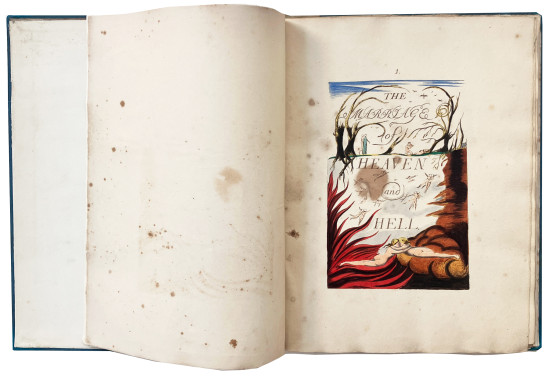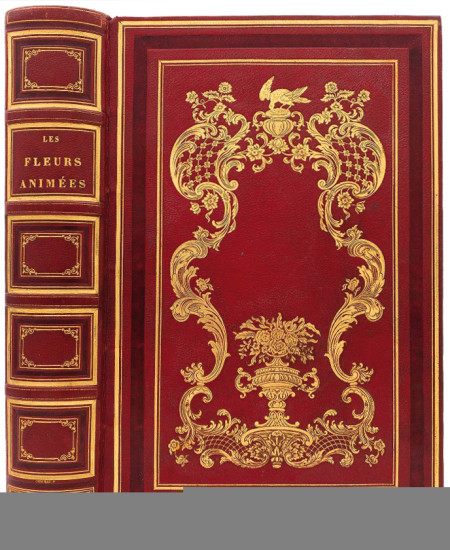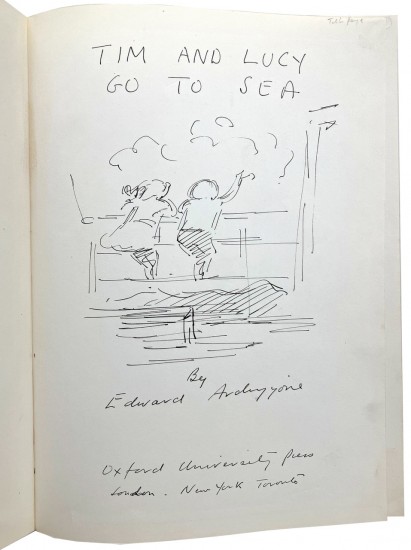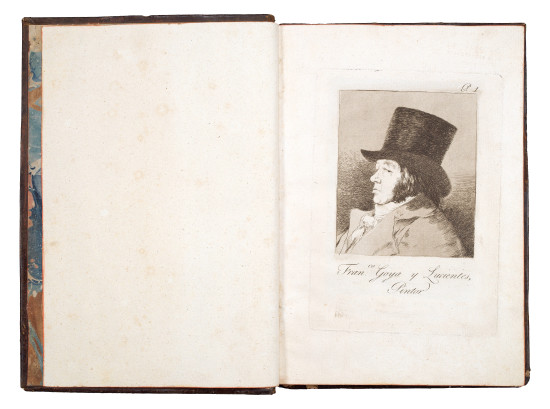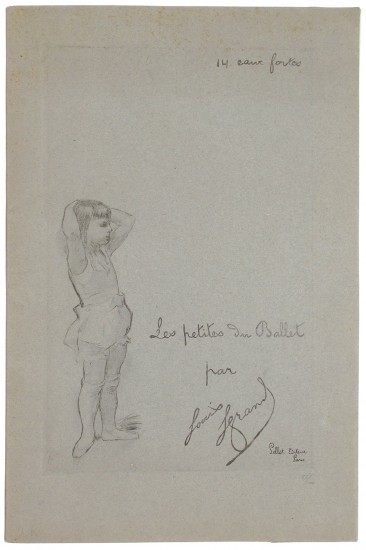Futurisme - Cubisme
Severini, Gino
(Paris?). 1918. c.1918
Autograph manuscript by Gino Severini contrasting and comparing Futurism and Cubism and making reference to Seurat, Blake, Baudelaire, Apollinaire and Matisse.
One of the leaders of Italian Futurism and an important theoretician of the technicalities of painting in his own right, Gino Severini, writes here of Futurism and Cubism, its interpenetrating relationship, its derivations and inspirations and its place in a wider artistic context. The MSS starts with Severini's arrival in Paris together with Modigliani in 1906: 'Au temps de notre jeunesse, lorsque Modigliani et moi ... arrivâmes à Paris, les idées n'etaient pas très claires pour personne ... '. He discusses the differences between the two movements, their similarities and Blake's 'The Marriage of Heaven and Hell': 'Cette opposition m'a beaucoup torturé l'esprit, je l'avoue, mais j'ai trouvé depuis, dans W. Blake, une consolation: 'Sans contraires il n'y a pas de progrès', dit-il, dans ses: 'Proverbes de l'Enfer''.
After a discussion of the beginnings of both movements, their reception and importance (he compares this to the discovery of perspective), he concludes with the lines: 'En conclusion, et selon moi, on ne peut opposer ces deux mouvements, même si leur points de départ s'opposent; je soutiens cette idée (qu'Apollinaire et ensuite Matisse ont approuvée) ... la poésie [underlined] était le contenu et la raison d'étre de l'art.'
This discrete manuscript by Severini appears to be unpublished. Although it certainly hasa bearing on his technical, analytical and historical essay 'Du Cubisme au Classicisme' of 1921 we can find no published version in French or Italian.
One of the leaders of Italian Futurism and an important theoretician of the technicalities of painting in his own right, Gino Severini, writes here of Futurism and Cubism, its interpenetrating relationship, its derivations and inspirations and its place in a wider artistic context. The MSS starts with Severini's arrival in Paris together with Modigliani in 1906: 'Au temps de notre jeunesse, lorsque Modigliani et moi ... arrivâmes à Paris, les idées n'etaient pas très claires pour personne ... '. He discusses the differences between the two movements, their similarities and Blake's 'The Marriage of Heaven and Hell': 'Cette opposition m'a beaucoup torturé l'esprit, je l'avoue, mais j'ai trouvé depuis, dans W. Blake, une consolation: 'Sans contraires il n'y a pas de progrès', dit-il, dans ses: 'Proverbes de l'Enfer''.
After a discussion of the beginnings of both movements, their reception and importance (he compares this to the discovery of perspective), he concludes with the lines: 'En conclusion, et selon moi, on ne peut opposer ces deux mouvements, même si leur points de départ s'opposent; je soutiens cette idée (qu'Apollinaire et ensuite Matisse ont approuvée) ... la poésie [underlined] était le contenu et la raison d'étre de l'art.'
This discrete manuscript by Severini appears to be unpublished. Although it certainly hasa bearing on his technical, analytical and historical essay 'Du Cubisme au Classicisme' of 1921 we can find no published version in French or Italian.
[2 leaves]. 4to. (270 x 210 mm). Manuscript text in French in blue ink, concluding in black, recto and verso with occasional excision and correction in pencil on cream wove paper with the watermark 'EXTRASTRONG', text with title to initial leaf, numbered at upper right and signed at conclusion.
#47401
